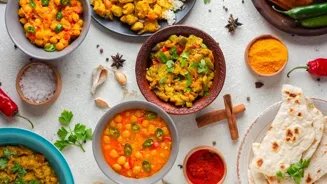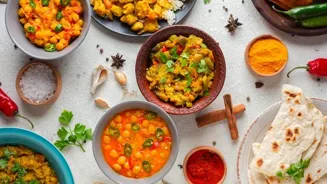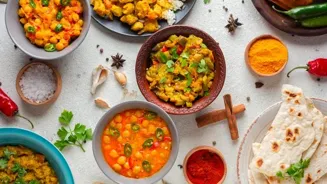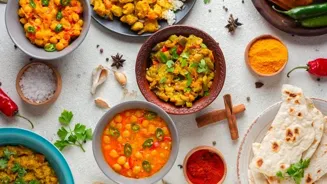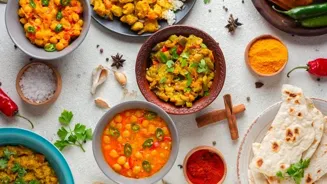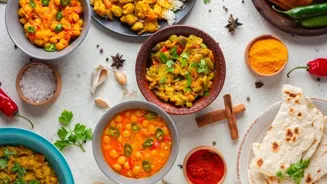Unveiling the Magic of Fermentation in Indian Cuisine - Dive into the ancient tradition shaping flavors!
India – a land known for its diverse culture, vibrant colours, and, of course, its incredibly delicious
cuisine. While many think of curries and spices when they imagine Indian food, there's a hidden ingredient that plays a crucial role in shaping its unique flavours: fermentation.
This ancient technique, used for centuries, isn't just about preserving food; it’s a culinary tradition that adds depth, nutrition, and a distinctive tang to many beloved Indian dishes. So, let's dive into the fascinating world of fermentation and explore its significance in the Indian kitchen.
Fermentation transforms food, enhancing flavors and nutrients
Fermentation, at its core, is a natural process where microorganisms like bacteria, yeast, and fungi convert carbohydrates into other compounds. In the culinary world, this translates to transforming raw ingredients into something new, delicious, and often healthier.
Think about it – milk turning into yogurt, lentils morphing into idli batter, or vegetables being pickled to create achaar. These transformations aren't just accidents; they're carefully controlled processes that unlock unique flavours and textures.
The beauty lies in the fact that fermentation often enhances the nutritional value of food. The microorganisms involved break down complex compounds, making vitamins and minerals easier for our bodies to absorb.
This is particularly important in a country like India, where historically, access to diverse food sources may have been limited.
Fermented idli and dosa: South Indian staples with health benefits
One of the most popular examples of fermentation in Indian cuisine is the humble idli and dosa. These South Indian staples are made from a batter of fermented rice and lentils.
The fermentation process, which usually takes overnight, not only gives the batter its characteristic sour taste but also makes the idlis and dosas light and fluffy. This is because the microorganisms produce carbon dioxide, creating air bubbles that give the dishes their airy texture.
But the benefits don't stop there. Fermentation also increases the levels of certain vitamins, particularly B vitamins, making idli and dosa a nutritious and easily digestible meal.
In many South Indian homes, the art of making the perfect idli and dosa batter is passed down through generations, a testament to the cultural significance of fermentation.
Fermentation enriches Indian regional cuisines with dhokla and kanji
Moving beyond South India, we find fermentation playing a vital role in other regional cuisines as well. Take dhokla, a steamed snack from Gujarat. This spongy treat is made from fermented chickpea flour batter.
Similar to idli and dosa, the fermentation process gives dhokla its unique sourness and light texture. It's often served with a tangy chutney, making it a burst of flavour in every bite. Then there's kanji, a fermented beverage popular in North India, especially during the winter months.
Made from black carrots, beetroot, and spices, kanji is not only a refreshing drink but also a probiotic powerhouse. The fermentation process creates beneficial bacteria that are good for gut health. Again, this underscores the nutritional benefits that fermentation brings to Indian food culture.
Indian pickling tradition: diverse, flavorful achaar-making preserves ingredients, boosts meals
Pickling, or achaar-making, is another prominent example of fermentation in Indian cuisine. From mangoes and lemons to vegetables like carrots and cauliflower, a variety of ingredients are pickled using spices, salt, and oil.
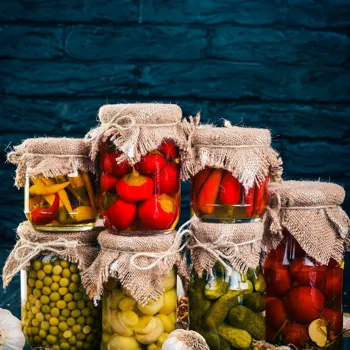
The fermentation process, which can take weeks or even months, preserves the ingredients and creates a symphony of sour, spicy, and salty flavours. Achaar is more than just a condiment; it's a flavour enhancer that adds a zing to any meal.
Each region in India has its own unique style of achaar-making, with different combinations of spices and ingredients. This reflects the diversity of the country's culinary traditions. The process helps to breakdown nutrients.
Fermentation preserves food, vital in tropical India, enhancing food security
Beyond the delicious flavours and textures, fermentation also plays a crucial role in preserving food, particularly in a tropical climate like India where spoilage can be a major challenge.
By creating an acidic environment, fermentation inhibits the growth of harmful bacteria and extends the shelf life of food. This was especially important in the past, when refrigeration wasn't readily available.
Fermented foods like pickles and kanji could be stored for months, providing a valuable source of nutrition during lean seasons. This aspect of food security is a often a hidden but vital contribution of fermentation to Indian society as a whole.
The wisdom in traditional food preparation techniques is truly an art!
Fermentation in Indian cuisine: a rich tradition enhancing flavor and nutrition
In conclusion, fermentation is more than just a food preservation technique in India; it's an integral part of the country's culinary heritage. It enhances flavours, improves nutrition, and plays a vital role in food security.
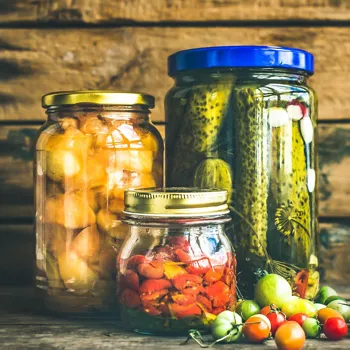
From the ubiquitous idli and dosa to the tangy achaar, fermented foods are woven into the fabric of Indian cuisine.
As we embrace modern cooking techniques, it's important to remember and celebrate the age-old tradition of fermentation, a testament to the ingenuity and resourcefulness of generations past. The subtle art of fermentation is truly a gift to be cherished.
AI Generated Content. Glance/InMobi shall have no liability for the content